Dean and I took a trip, seafood on our minds. We left Kowloon on a train, then transferred to a little bus, which took us up and down some hills and around some bends before reaching our destination: Sai Kung, a small city/large town on the sea less than an hour from central Hong Kong on the other side of a peak.
It was a Saturday afternoon, and the boardwalk was crowded with families and couples, many of them with dogs in tow … dogs on leads and dogs in arms and dogs in baby strollers. It’s been a long time since I have seen so many dogs in one place.
We walked along the boardwalk, and soon came to the first seafood palace. One side of the restaurant was nothing but tanks of seawater, alive with crustaceans and fish and bivalves and almost anything one could desire when it comes to seafood. I mean anything and everything. There were razor clams and mantis shrimp and horseshoe crab and three or four types of eel and whelks and clams and mussels and scallops and on and on. The water was pristine, the fishmongers were respectful of their wares.
Dean and I walked from restaurant to restaurant along the promenade, returning to the first one, Tung Kee, because the woman who spoke with us about the seafood on offer there was friendly and helpful and obviously loved her job. We chose a table at the front of the outdoor dining area, which afforded us a perfect view of the passersby.
The menu was exhaustive, and in addition to the seafood there were dumplings and rice and pork and duck and vegetables. We decided on Tasting Menu 2, for two people, and ordered some Erdinger Dunkel. What followed was – and I say this with no exaggeration – the third best seafood meal I have ever experienced (the first two being at Le Bernardin).
We started with some very good fried squid; crispy, with a nice ratio of tentacles to body. Next came mantis prawn with amazing seared garlic and peppers. Dean loved the garlic mixture, and it was perfect with the prawns, which were fried with their shells on, so we had scissors with which to cut away the shells so that we could get to the white, tender meat. A sauce of ginger and soy turned the meat a wonderful golden color, and I could have easily eaten five more of those aggressive and mighty shellfish.
Lobster enters table right. Lobster with onions and a “cheese sauce”. When I saw it on the menu I thought “Cheese and lobster … not so sure.” But the sauce grew on me, even though it was not appealing to the eye. The plate was full of wheat noodles, and the lobster, pieces separated but still in its cracked shell, was everything lobster should be: tasting of a clean sea, firm meat, not chewy. The sauce reminded me of a thin roux … there seemed to be cornstarch in it, and I must say that while I prefer my lobster poached in butter, or simply steamed, the flavor of this dish seemed appropriate for the locale. Dean and I extracted every piece of meat from the shell, and another lobster was not out of the question. It was that good.
There were still two plates to come on the menu: vegetables and fried rice. I wish they had come before or with the lobster, but each was in its own right satisfying. Stir-fried bok choy was our vegetable, and though it was overcooked – I like mine with a bit of crispness intact – it offered a good taste component to close the meal. As for the fried rice, I concentrated on the baby shrimp and pieces of pork that were cooked in it. In fact, I liked them so much that I was tempted to order a bowl of them, pork and shrimp for the ride back to Kowloon.
The promenade was beginning to grow quieter, lunch hours over. We paid our bill and started walking along the water, eyeing a dock jutting out perhaps 300 feet over the water. We then noticed people lined up at the railing along the edge of the promenade, looking down toward the water. When we managed to get a view we saw a dozen or so small boats – skiffs really – full of seafood for sale. Much like the restaurants, each boat was equipped with an aeration system that kept the crustaceans and fish and razor clams alive in clean water, until a customer gave the order and either a fish was stunned with a blow to the head and then gutted or a bunch of clams were put into a bag. A net on a long pole was raised to the waiting customer above, into which he deposited his payment. The fisherman then delivered the goods and turned his attention to the next client.
I’ve been to a lot of fish markets, and I’ve lived in Savannah, and I’ve spent time in the north of Spain, and I’ve fished in Florida and Alaska, but nowhere have I seen so much seafood in such beautiful condition, in such diversity. Swimming one minute, then on your plate not long afterward. That’s the way to eat it.





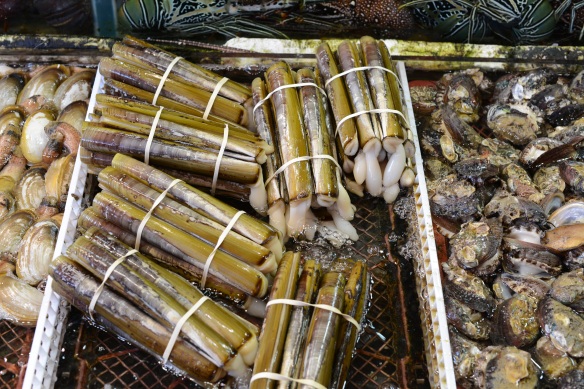















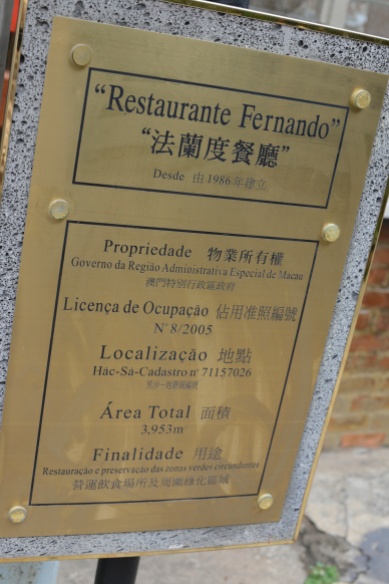
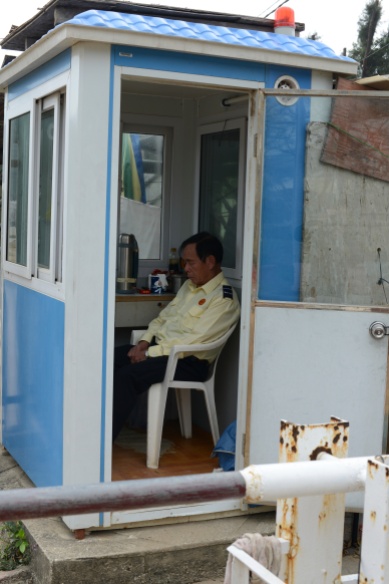
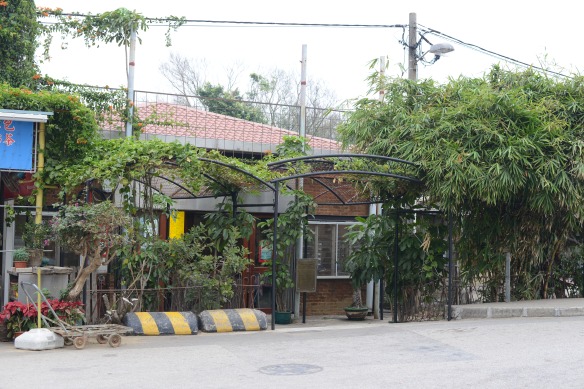
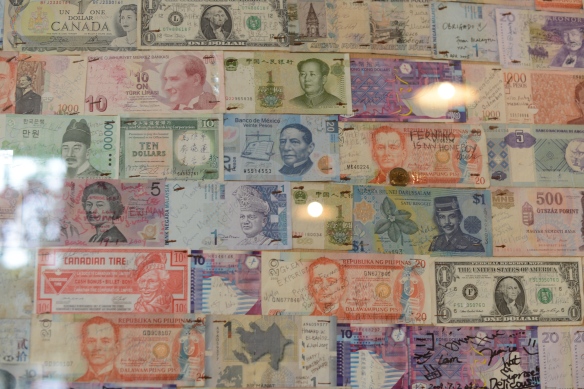
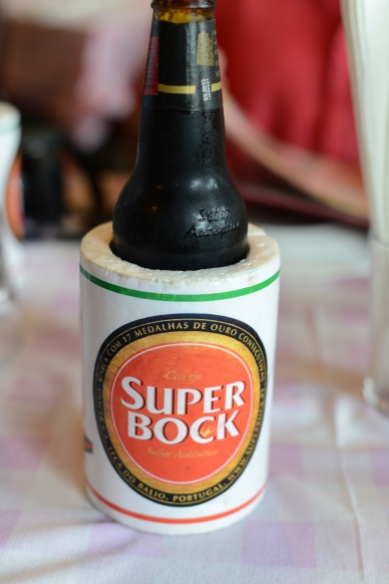
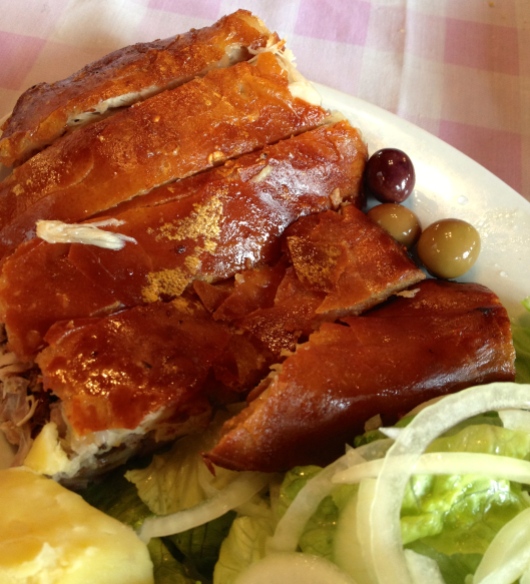
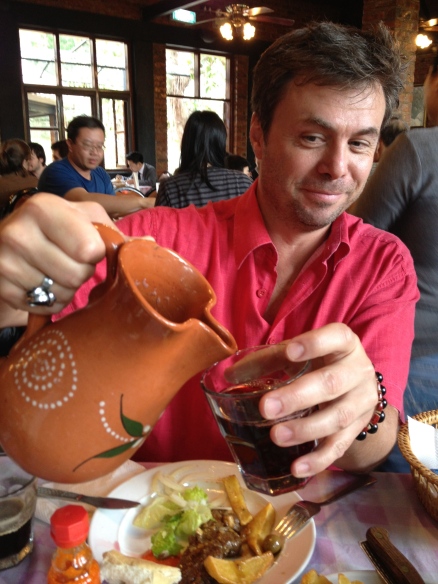
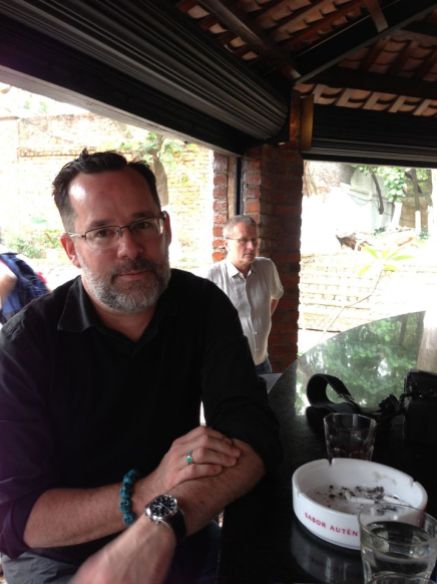
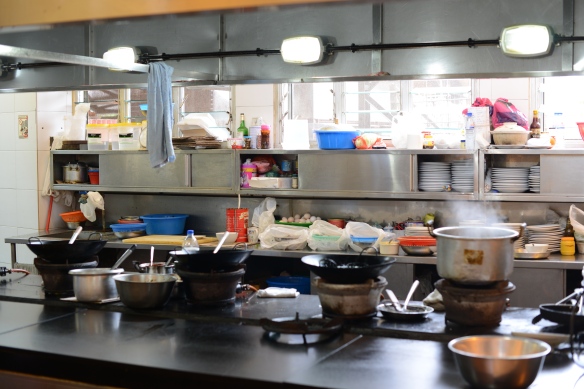
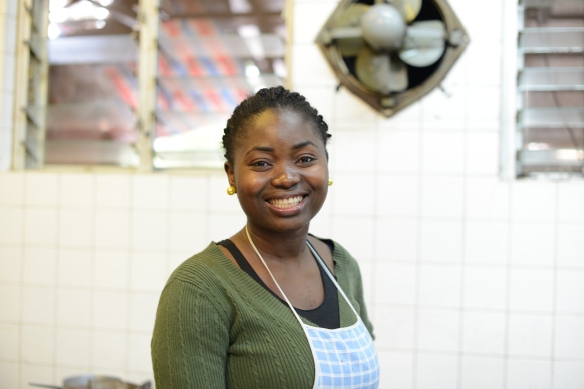
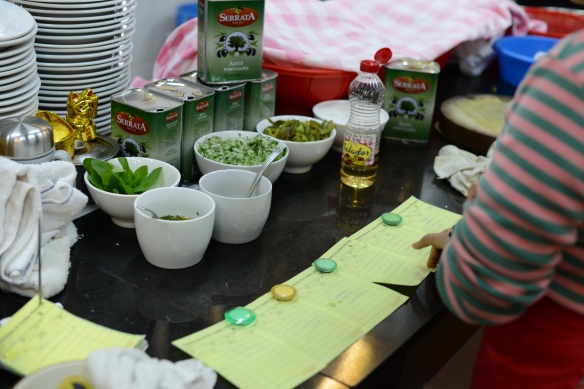
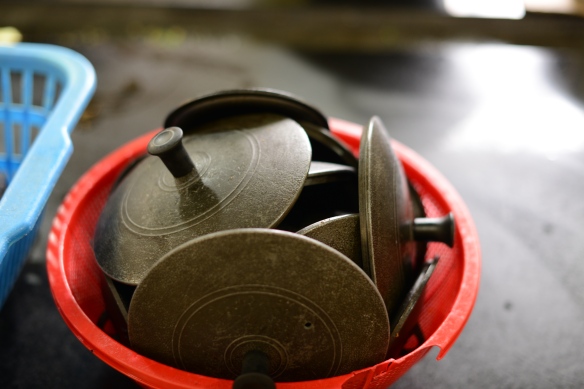
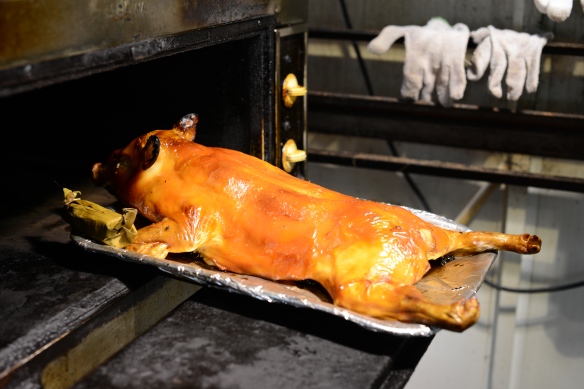
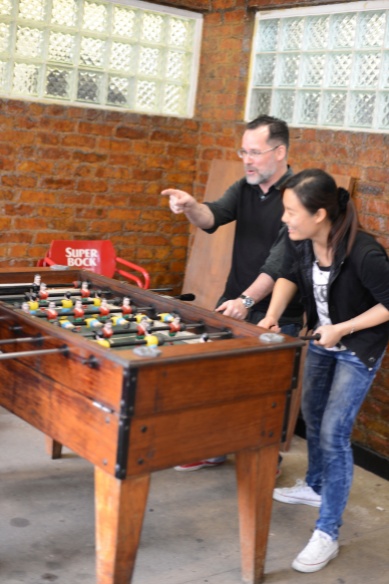
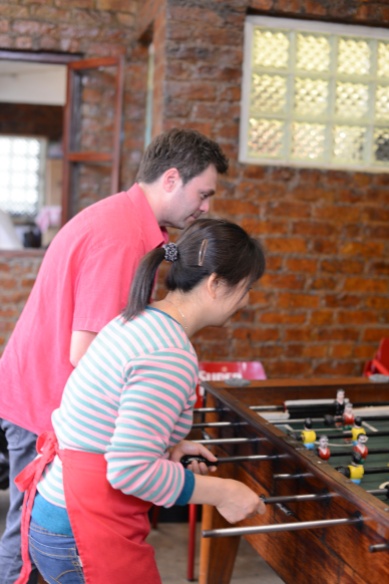
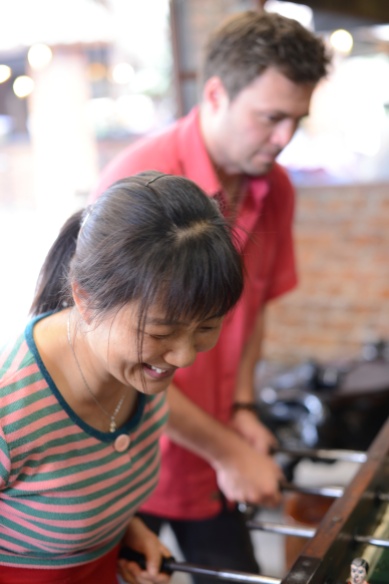


Recent Comments